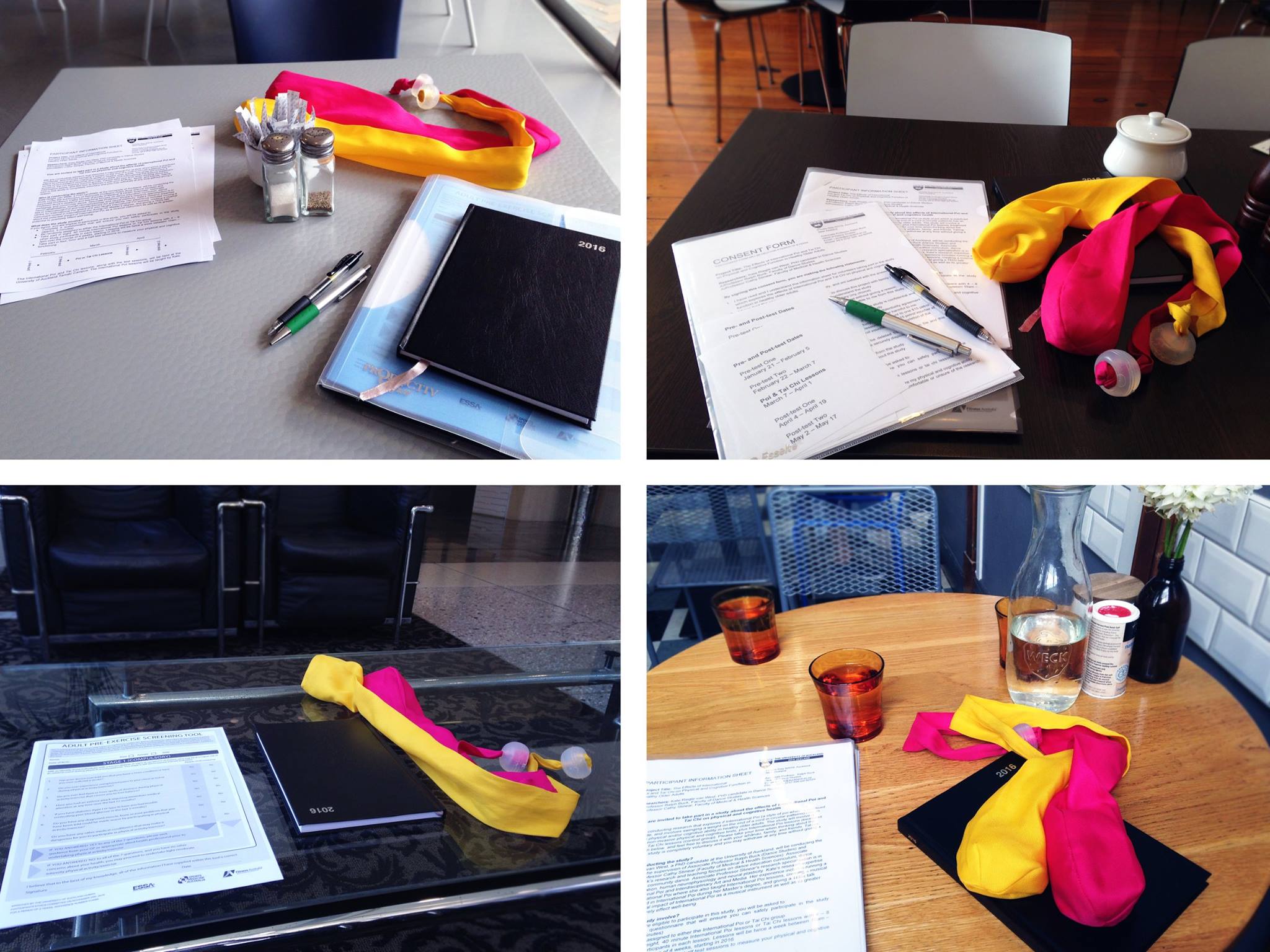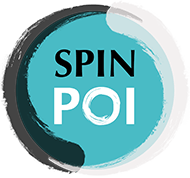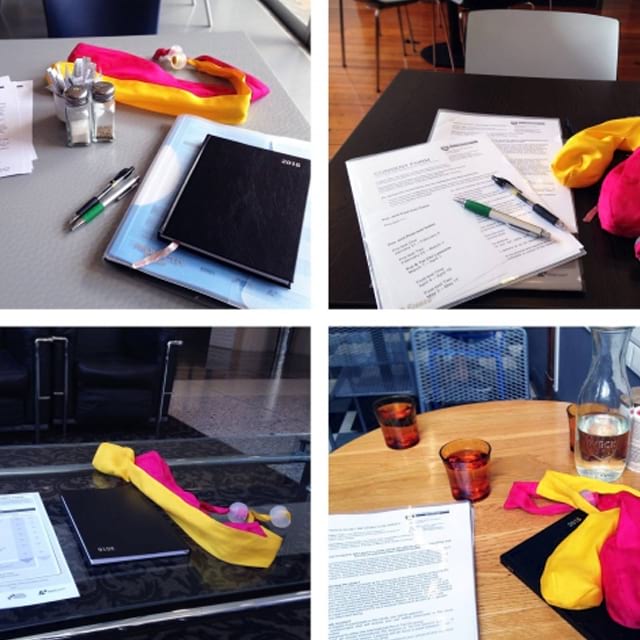The participants.
With the long ethics approval journey behind me, the rest of the pieces could finally fall into place: secure a space for the study, check. Purchase cognitive tests, check. Make an army of poi, check. Find participants, no problem, I’ll just send a quick email to the registrar at the Centre for Brain Research. They have a huge database of people eager to participate in studies like mine…free International Poi or Tai Chi lessons and $75 worth of petrol vouchers? I braced myself for the imminent flood of emails and phone calls. And then, this came:
“Hi Kate, just to let you know 30 people met the criteria and information has been sent. Good luck.”
Good thing I was bracing myself…30 PEOPLE? Based on my mathematical expertise of facebook events (30 invites = about 8 responses, + flakiness and mind changing = …) about 4 participants. Hmmmm. And so, the next month and a half of my life took an unexpected turn. Armed with flyers, tape, push pins, and poi, I went to every place an old person might be. I visited libraries and community centers, cafes and retirement homes. I gave talks at Rotary Clubs (and had free food!). I patiently slipped flyers into individual mailboxes. I scored a story in the local paper (in which they misspelled my email address).

(For those of you non-New Zealanders: Poi E: the 1984 number-one hit song by the group Patea Māori Club)
I found out that Auckland’s bingo is lawn bowling (my extensive online searching for bingo nights always ended up at Bitchin’ Bingo, “Auckland’s only performance based comedy bingo show!”). And I found out that sometimes there are lawn bowling tournaments which you might accidentally show up to, wearing an old shirt and wishing you didn’t look 10 years younger than you are, seeing as you are already 30 years younger than anyone else there. And most importantly, I found out that for about two months the city of Auckland becomes a ghost town, as everyone disperses into the wilderness for the holidays. Those two months happened to be, naturally, the two months in which I was recruiting.
Participants crawled in one by one, and I split my time between being a professional flyer-putter-upper, and a professional meet-at-a-cafe-and-try-not-to-look-too-desperate recruiter. I drank more tea during the course of a day than any human being should, and became intimately aware of cafe acoustics (a high level of background noise is not conducive to conversing with people over 60). I became a very patient waiter, adorning the cafe tables with my poi so the potential participant could find me.

And I became an avid listener. Every participant had a story, a reason for wanting to be in my study, an awareness of age, a fear of falling, a mother with dementia, a trembling hand. Until this point my research had always been abstract, no more than a well thought out idea. But now there were faces, and stories, and feelings behind that idea. Recruiting was slow, and difficult, and 50 participants suddenly seemed like an impossible goal, but it was also unexpectedly profound.

